Low Pressure
Low Pressure
Long term protection for low to medium risk interior and weather-protected exterior applications.
High Pressure
High Pressure
A water-based process to embed the preservative deep within the timber.
Delivery Fleet
Delivery Fleet
We have a dedicated delivery fleet of HGVs for a full service solution.
Large Capability
Large Capability
We have the capacity to produce a large output to meet customer demand.
Preservative Timber Treatments

Improve the service life, quality, and appearance of your timber with our low and high-pressure treatments. All our treatment processes are fully certified to meet strict European timber treatment regulations and a Declaration of Performance Certification is provided on the completion of every job for reassurance when it comes to performance, classification and compliance.
We understand that keeping up-to-date with compliance in an ever-changing market can be difficult, which is why you can depend on us to support you across every stage of the process. If you’re unsure of what treatments you require, we’ll work with you to identify the class risk of your timber project and advise you on the necessary treatments.
WJ Group are also able to offer a collection and delivery service if required at a reasonable price. Get in touch to get a quote.
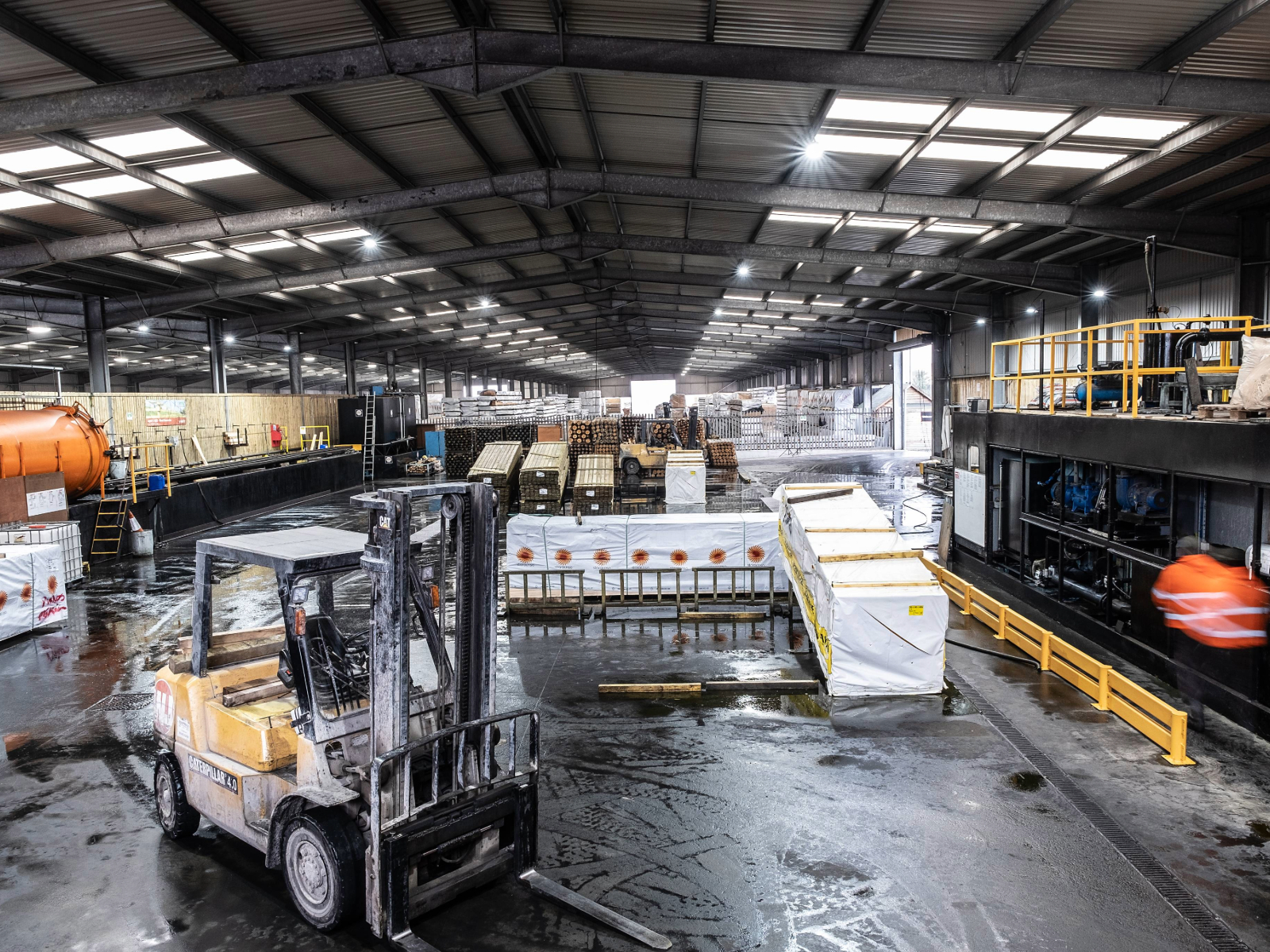
What treatment are you looking for?
Unsure Which Treatment You Need?
Use our treatment quiz to help you determine which Use Class treatment you need or view the table below for more information on each class.
| Service situation | Principal biological threat | Application example |
|---|---|---|
| Class 1 Internal: Permanently dry |
Insects | Pitched roofs; floor boards; architrave; internal joinery; timbers in upper floors not built into solid external walls |
| Class 2 Internal: Occasional risk of wetting |
Insects Fungal decay |
Tiling battens; frame timbers in timber frame houses; timber in pitched roofs with high condensation risk; timbers in flat roofs; ground floor joists; sole plates (above DPC); timber joists in upper floors built into external walls |
| Class 3(C) External coated: Above ground. Exposed to frequent wetting |
Fungal decay | External joinery; roof soffits, fascias, and bargeboards; cladding; valley gutter timbers; external load bearing timbers |
| Class 3(U) External uncoated: Above ground. Exposed to frequent wetting |
Fungal decay | Fence rails and boards; gates; agricultural timbers not in soil/manure contact; landscaping and decking timbers not in contact with the ground |
| Class 4 In contact with ground or fresh water. Permanently exposed to wetting and/or providing exterior structural support |
Fungal decay | Fence posts; decking posts, joists, and sub-structures; gravel boards; agricultural timbers in soil/manure; earth-retaining walls; poles; sleepers; playground equipment; lock gates; jetties and boardwalk support; cooling tower packing |
| Class 5 Permanently exposed to wetting by salt water |
Fungal decay Marine |
Marine piling, piers and jetties, dock gates, sea defences, ships hulls, and cooling tower packing (sea water) |
Need Expert Advice WJ Timber Treatment Professionals?
Low Pressure Treatments VS High Pressure Treatments?
Pressure treatments
Low-pressure treatments
UC1
Suitable for dry internal timbers such as upper floor joists and truss rafters with the main risk being from insect damage. Treatment to UC1 will manage this risk effectively for the service life of the timber.
UC2
Suitable for internal timbers and would be specified if the timber might be at a slight risk of wetting. For example, tile battens and CLS framing (external walls).
High-pressure treatments
UC3A
Suitable for outdoor use but will be coated and above ground. Window frames would be the best example in this instance.
UC3B
Uncoated, external timbers to remain above the ground would be treated to this level. Consider fence rails as the perfect example.
UC4
Timber must be treated to UC4 standards if it comes in contact with water or direct soil. This would include fence posts and certain parts of a decking structure that will be sunk into the ground. Deck substructures have now been increased from UC3 to UC4 in accordance with WPA and WDCA regulations.
UC5
The highest level possible, required for marine-use timbers such as marine pilings, where ground and water contact is continuous.
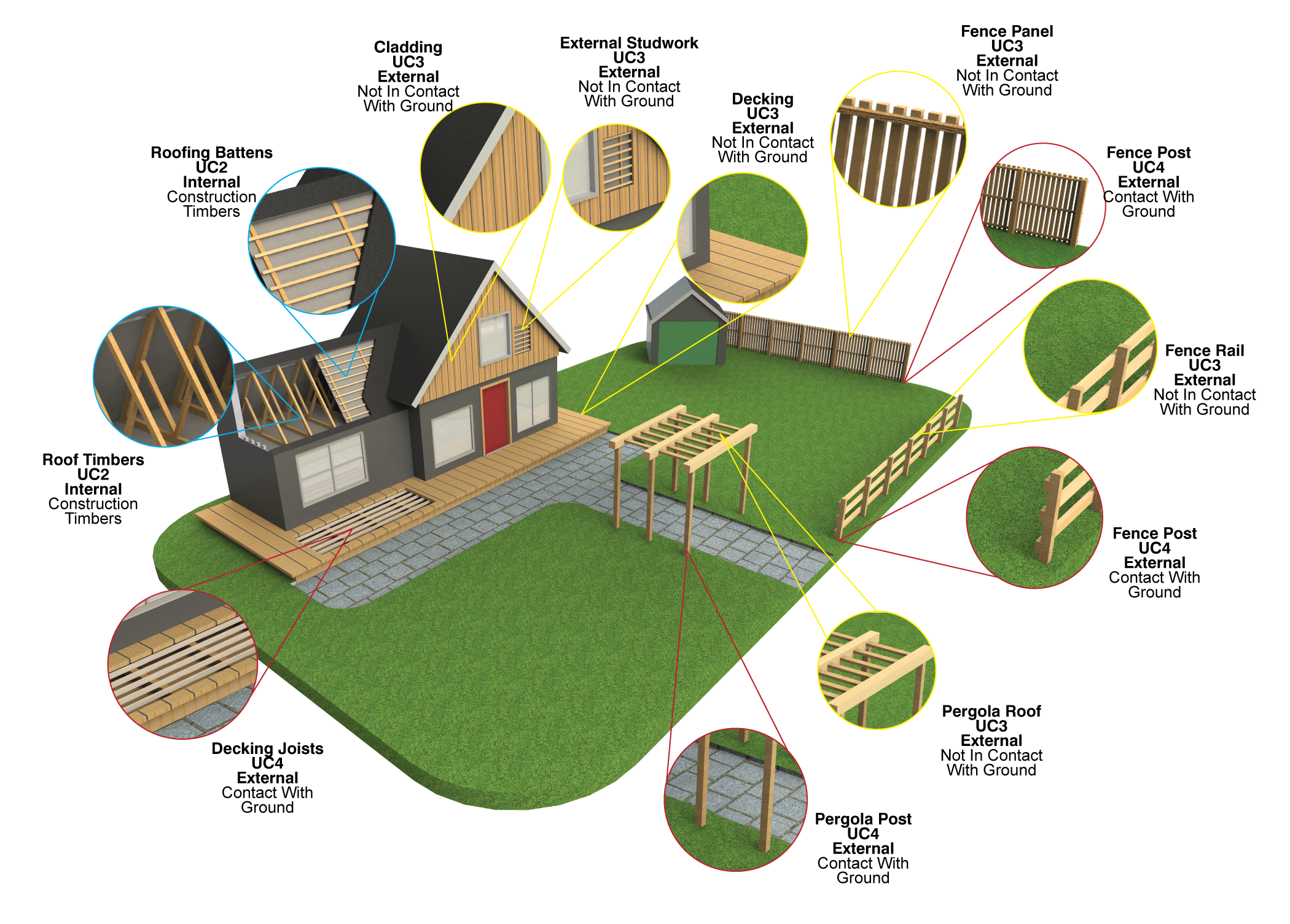
Use Class Infographic
We're here to help you understand which use class you need for your timber. Timber needs careful consideration of what the final application will be. Anything internal, that has a chance of wetting should be specified to Use Class 2. Although internal, there could be chance of wetting through condensation and would need protection.
Anything that comes into contact with the ground needs to be treated to Use Class 4. This is to provide it with the best protection possible for moisture and ground contact. Use Class 3 is a treatment for external final use where the timber will be wet regularly, yet it doesn't come into contact with the ground. This could be a final use of a railing for a fence or decking boards.
WJ Group Latest News
Check out the latest WJ Group news.

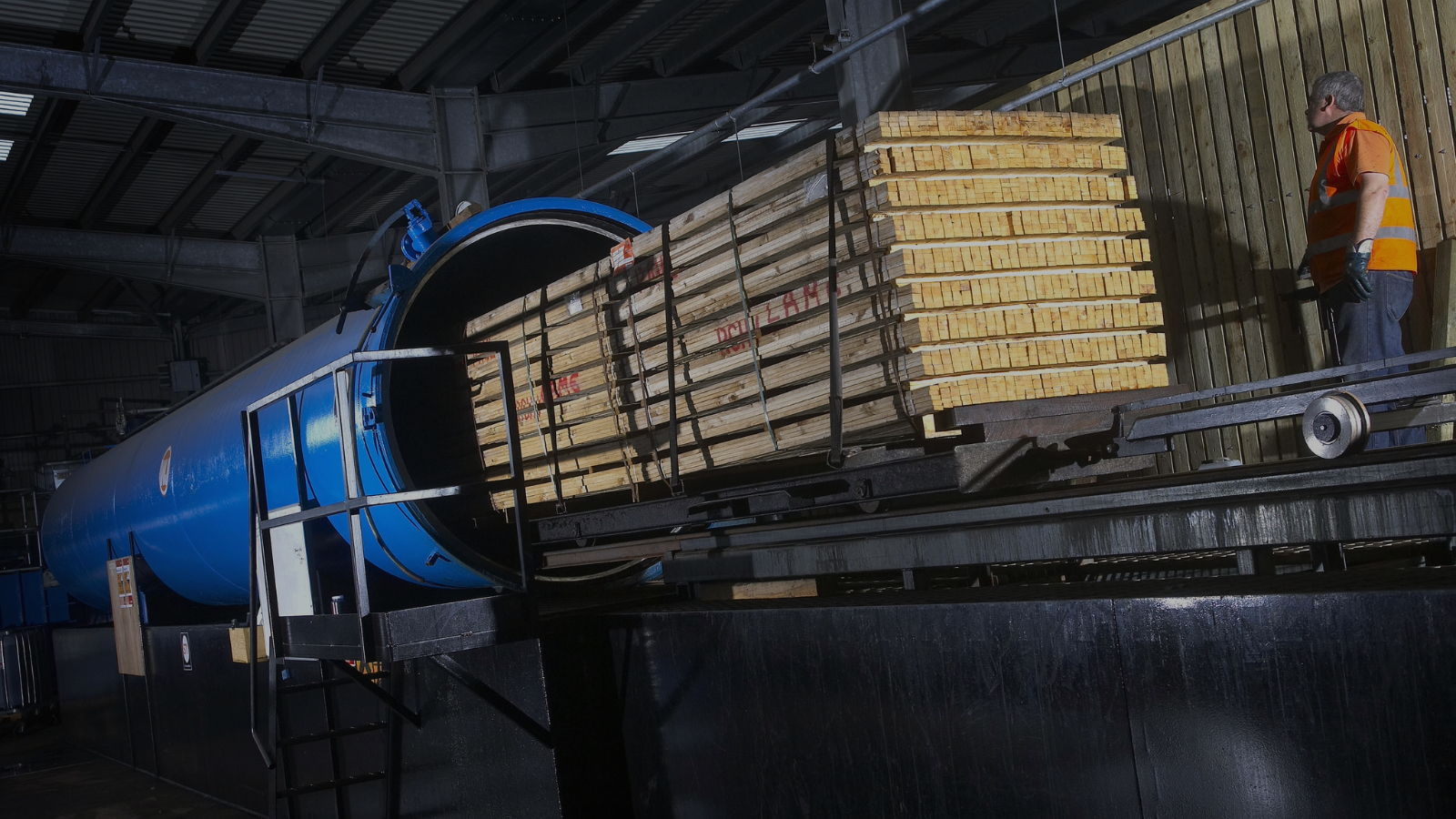

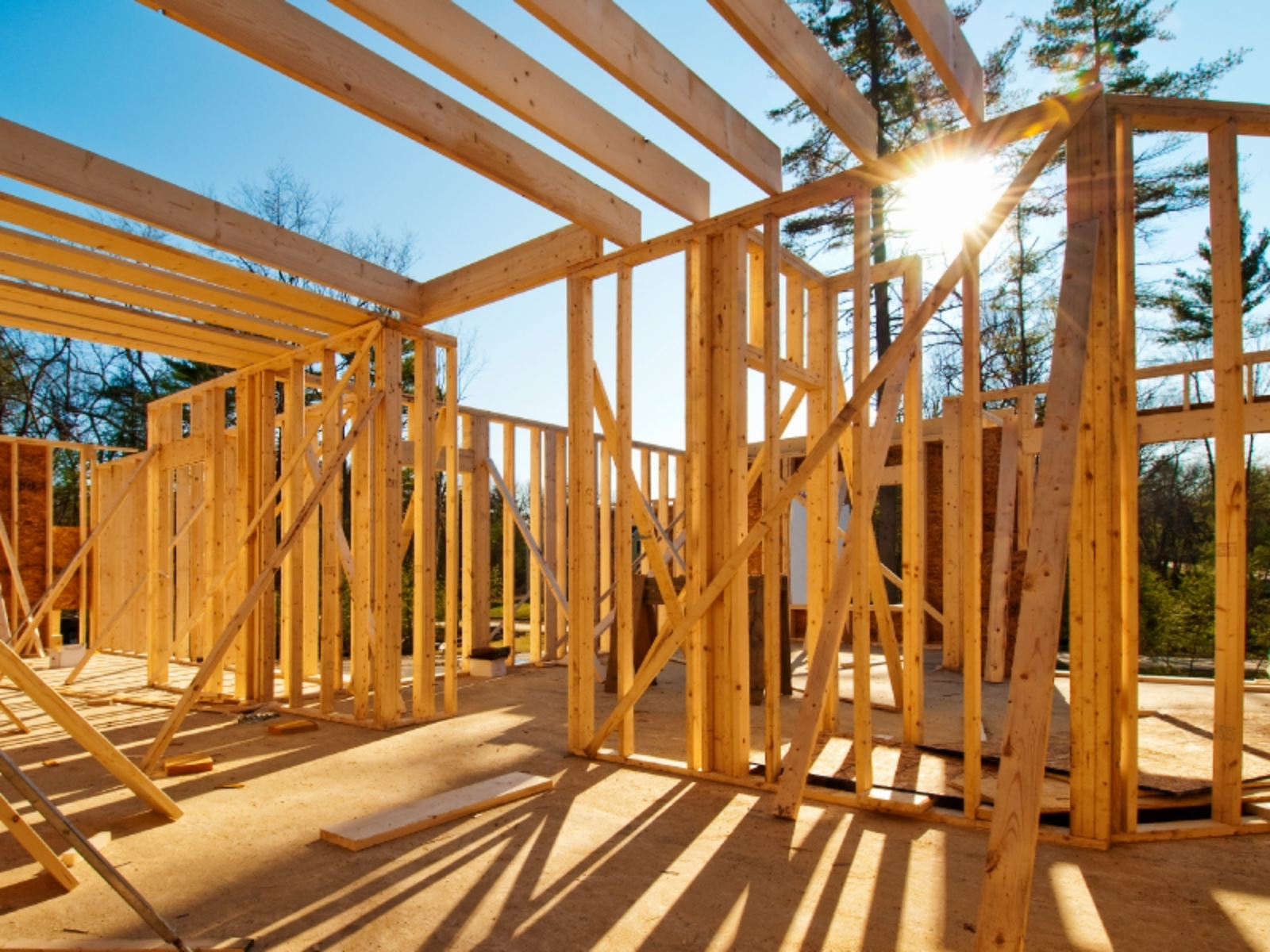
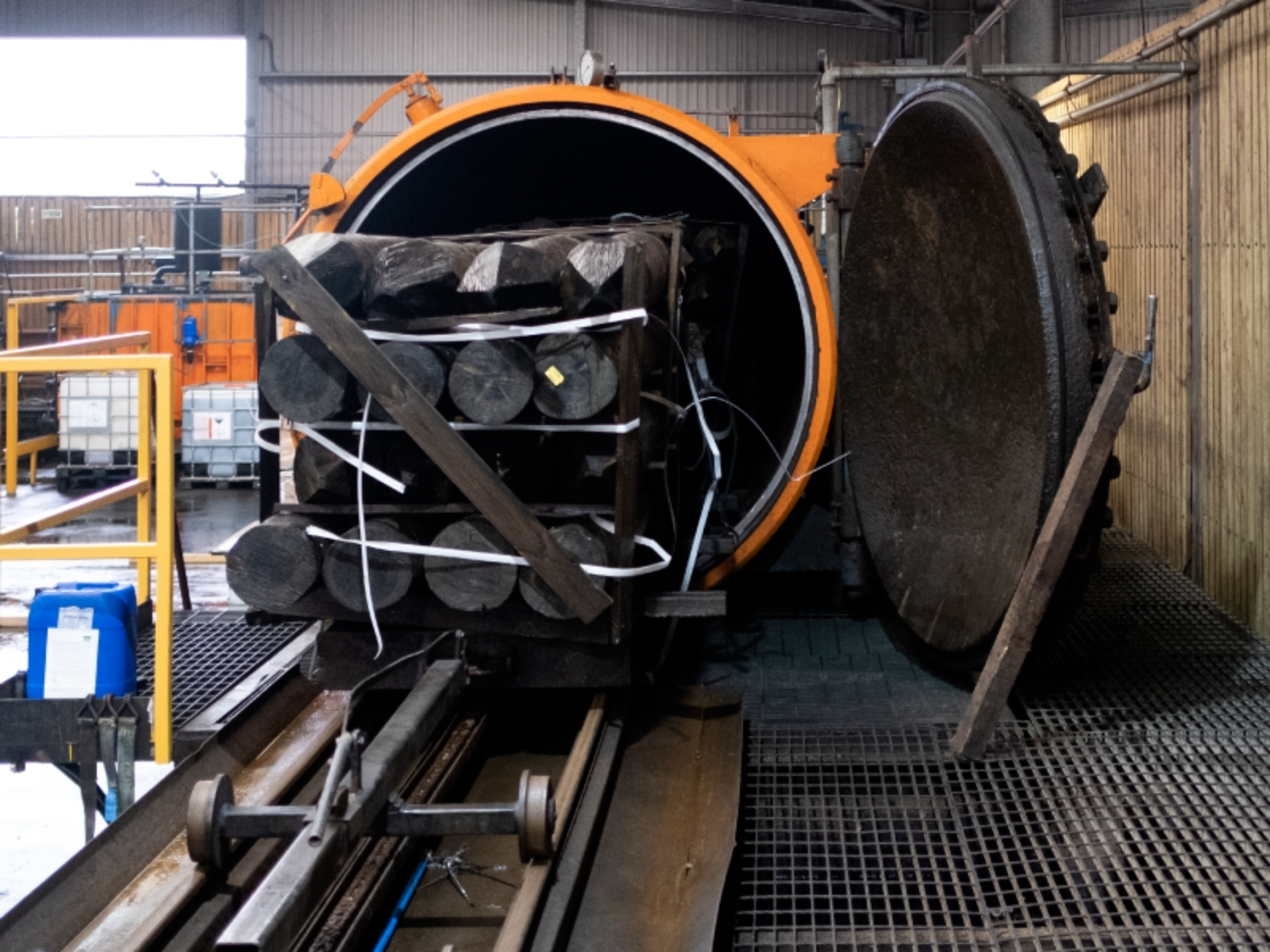


-min.jpeg)

